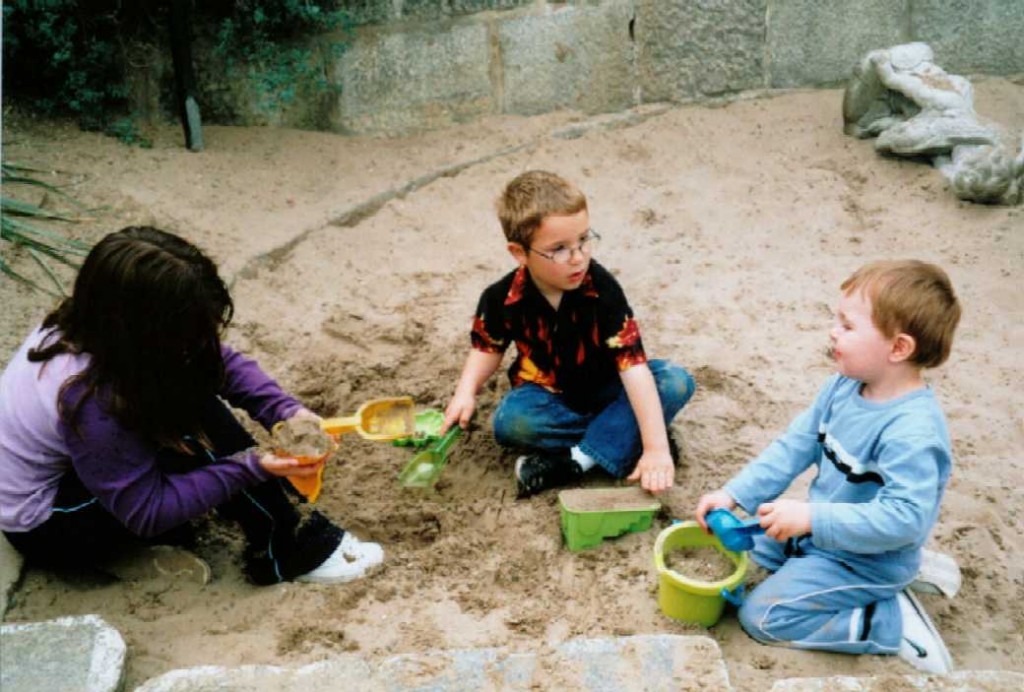by Ian Kelly, M.Ed. and Heather Smith, M.Ed.
In our last post we gave a basic description of executive function and the ways in which families can generally support its development at home and in life. Children who experience challenges with executive functioning skills often have difficulties that cross all parts of their lives. In this post we will dive into the social/interpersonal implications of executive function deficits and discuss how families can support their children in these specific situations.
There are two primary areas of executive function that impact socialization and interpersonal skills, self-regulation and cognitive flexibility. Self-regulation is the ability to control emotion, behavior, and desire in an effort to achieve a goal. Cognitive flexibility supports people in thinking about two or more concepts or tasks simultaneously as well as a person’s ability to go back and forth between tasks easily. In the realm of social interactions and relationships there are many goals that rely on these skills. Self-regulation and cognitive flexibility both take time and energy to develop. Making friends, participating as a member of a team, playing games, solving problems, compromising, etc. These are all great examples of learned skill sets that have a lasting impact on successful socialization. The trick is understanding that the ability to make friends actually relies on a broad range of skills that are all governed by executive function.
Let’s take a quick look at the basic (not exhaustive) set of skills that one needs to make friends and how self-regulation and cognitive flexibility can impact them.
|
Skill |
Impact of Self-Regulation and Cognitive Flexibility |
|
Engage in conversation |
Distractability (Self-Regulation): Sounds, objects, and other environmental stimuli grab my attention and I can’t focus on and sustain conversations effectively.
|
|
Remember important details about people |
Distractability (Self-Regulation): Moving too quickly and missing details means that I don’t remember things about people.
|
|
Reading and interpreting non-verbal cues |
Distractability (Self-Regulation): I miss important clues about how people are feeling (facial expressions, body language) because I often get distracted by noises or other things around me.
|
|
Compromise |
Finding a Middle Ground (Cognitive Flexibility): Finding a middle ground with a friend can be hard because I have a hard time letting go of my expectations.
|
|
Problem Solving |
Empathy (Cognitive Flexibility): Understanding the perspective of others can be challenging because it is hard to go back and forth between my perspective and their perspective.
|
|
Perseverance |
Sticking with it (Self-Regulation): When I encounter a problem with a friend, I have a hard time working it out because I want to move on to the next thing.
|
This table represents just a few of the many skills that go into establishing and maintaining peer relationships. The development of effective executive functioning skills is critical in ensuring the long term social well being of children. The question that we hear from many families is, “What can we do to support our kids in developing these skills?” The simple answer is, “Lots.”
The most effective strategies that we recommend are well articulated by Bonnie Goldsmith who wrote a piece for The National Center for Learning Disabilities titled Social Skills Tips: Help with Executive Dysfunction. In this piece Goldsmith lays out a simple problem solving process to support children in developing the executive skills they will need to be successful.
-
Get to the root of the problem.
- Watch the child carefully in many different social situations. This will help you to get a sense of what kinds of struggles exist, in what situations they exist, and how complicated they are.
-
Develop a good sense of strengths and struggles.
- When observing, note both. Where are the child’s strengths and where are their struggles. It is important that caregivers be able to refer to and leverage each child’s strengths as they work to improve areas that are challenging.
-
Engage the child in a conversation.
- Don’t do the heavy lifting for them. Engage them in a conversation about the problematic behaviors. Ask questions that will guide them in developing strategies and possible solutions.
-
Partner with the child to develop alternatives.
- Work together to develop alternative strategies and plans for using those strategies in real social situations.
-
Practice alternative behaviors with the child.
- Take time to provide safe, structured opportunities to practice the alternative skills or strategies. Set up role plays and scenarios to work through before expecting the child to apply the skill independently.
-
Follow up with the child.
- After the child has an opportunity to practice the alternative skill or strategy on their own, debrief with them. Ask them how it went? What worked? What didn’t work? How can we adjust for next time? How can you support them?
Beyond problem solving, Goldsmith emphasizes the importance of refraining from judgement and being there for your child. Kids look to their caretakers for guidance and support. Judgement can be detrimental especially when a child is struggling with a specific skill or set of skills. Doing our best to refrain from the inclination to value or evaluate a child’s behavior is challenging. We have been taught to say things like, “Good job”, “Way to go”, or “That was not right.” The problem with these statements is that they are value judgements that are vague and often leave the child wondering what they could have done differently and that perhaps there is something wrong with them. Engaging them in a positive, problem solving conversation will help them develop important social skills while fostering a caring and supportive relationship with parents and caregivers.
In our next post we will focus on the topic of feedback before returning to executive function and their place in academic skill development and performance.








